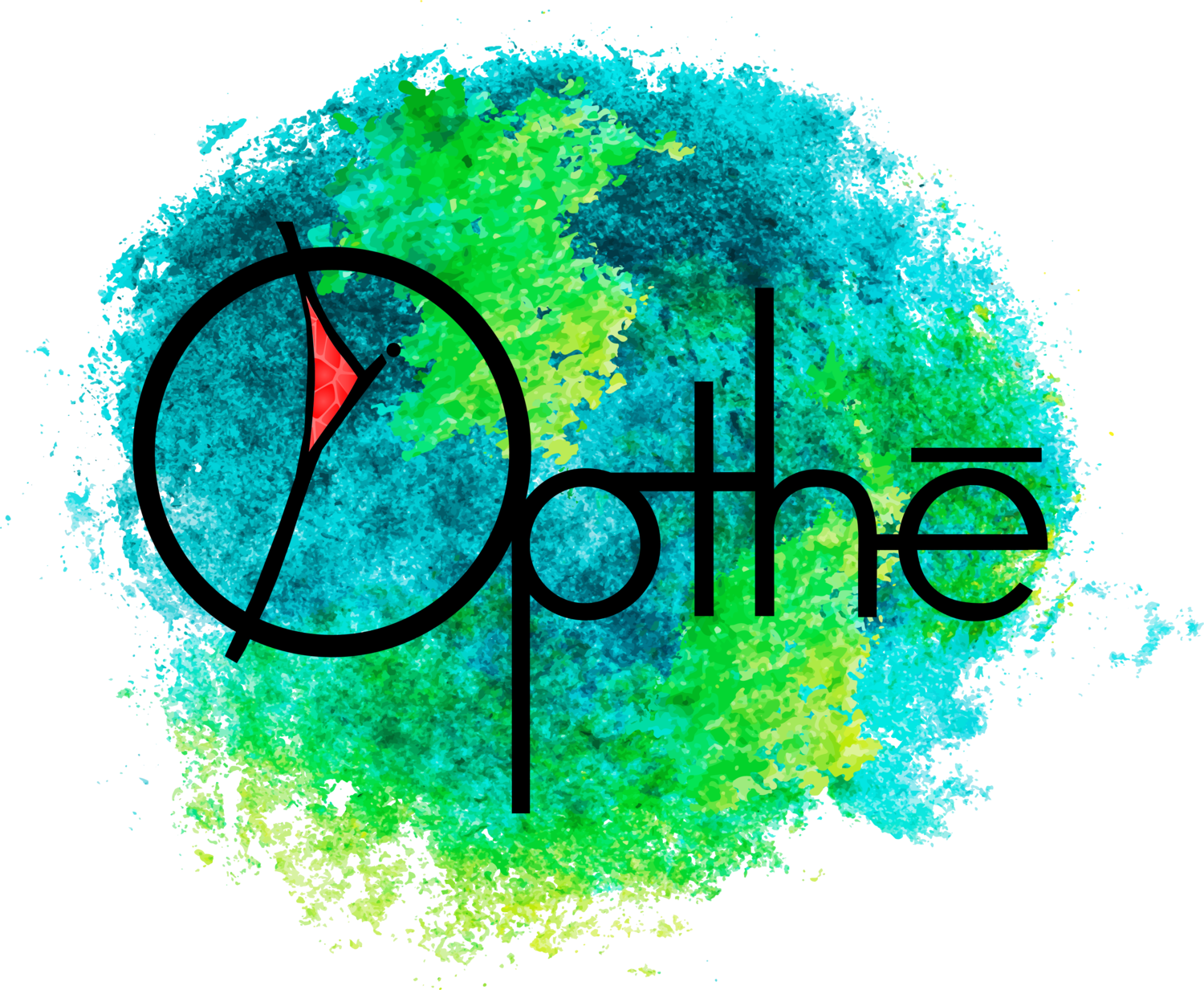Three weeks ago, I didn’t know what coherence meant. Not in the way I know it now. I’d heard the word, of course—used it myself, even—but more like a garnish than a main course. A way of saying “that makes sense” or “that fits.” But it wasn’t something I lived from. It wasn’t a lens through which I saw the universe. And now it is.
This shift happened not through a thunderclap, but through a kind of quiet unfolding—like mist lifting off the surface of a pond to reveal a shape underneath I’d been skimming over my entire life.
Coherence is not just intellectual consistency. It’s not just logical order. It is the felt sense that something is aligned. Resonant. That the parts fit the whole in a way that’s not only structurally sound but beautiful. It’s the way certain pieces of music pull tears from the eyes before the brain catches up. It’s what makes you stop mid-step in a forest, or on a street, when everything around you just suddenly clicks into a moment of yes.
Coherence is the underlying pattern of reality revealing itself, if only for a second.
And the thing is: we’re built for it. We ache for it. We’ve been trying to name it forever—with words like truth, beauty, justice, harmony, love, grace, and more recently, flow. But all of those are just facets of something deeper.
And here’s the turning point: once you understand coherence—feel it, not just define it—you can’t unsee it. And more importantly, you begin to see how lack of coherence explains most of what feels wrong, painful, or broken in the world. Not wrong in the moralistic, finger-wagging sense. Just… out of tune. Misaligned. Off.
The world, as it stands, runs on incoherence. Dualisms, moral binaries, ideological silos, systems built on fear and contradiction. We’ve trained ourselves to survive fragmentation. But survival isn’t enough. I want to live. I want to re-enter the pattern.
This is where Opthē comes in. At its heart, Opthē is not a religion in the old sense. It’s a way of seeing and being that places coherence at the center of everything. Not because it gives us rules, but because it gives us orientation. We can feel when we’re in alignment. We can sense when the current is carrying us toward something that matters.
And that brings me to something deeply personal: I used to feel coherence in my body as a child. I didn’t have the word for it. I just knew that sometimes I’d see a pattern—tire tracks, an oriental rug, a curve of flesh—and I would freeze with a joy so total it looked like fear. My mother called it “the heebie jeebies.” I came to be ashamed of it. I learned to repress it.
But now I know: that was coherence. That was my body responding to beauty, to alignment, to the erotic pulse of the real. And I am reclaiming that now. With everything I’ve got.
This piece is only the beginning. In the next, I’ll explore convergence—how coherence isn’t static, but unfolding. How the universe, in its own unguided, undirected way, moves toward it. And how we can choose to participate in that movement consciously.
But for now, just this: coherence is not a luxury. It’s not aesthetic fluff. It’s the underlying condition for soul, for meaning, for love, for everything that matters. And the more we learn to feel it, to seek it, and to live in alignment with it, the more human we become.
Not pure. Not perfect. Just whole.

